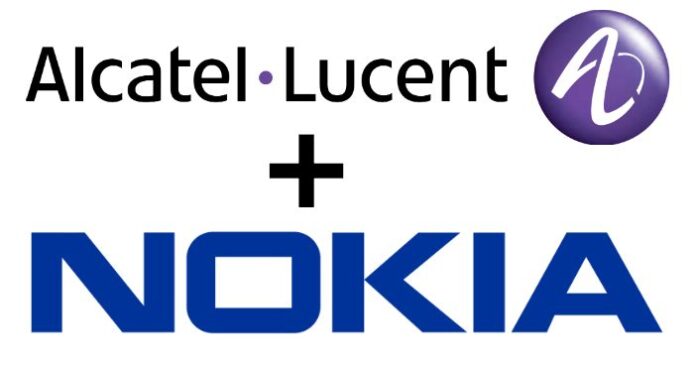Business will be divided into mobile networks, fixed networks, applications and analytics, and IP/optical networks
Ahead of finalizing its planned merger with Alcatel-Lucent, Nokia on Oct. 7 announced its intended organizational structure, which will be adopted once the $16.5 billion deal is closed.
The two telecom network infrastructure vendors announced the merger on April 15. The U.S. Department of Justice has already given a regulatory nod to the deal, which was weighed against antitrust considerations.
The combined company will join Nokia’s expertise in mobile equipment with Alcatel-Lucent’s long history in the fixed-line segment. Nokia CEO Rajeev Suri said the companies are working out the details of how the new business will be run.
“We are making very good progress on being ready to operate as a combined company when the proposed exchange offer closes,” Suri said. “After a thorough selection process, I am pleased to announce the company’s future organizational structure and exceptional leaders who will help chart the next steps in Nokia’s transformation.”
Among the key leadership changes, Timo Ihamuotila, the current Nokia EVP and group CFO will become CFO of the combined company; Nokia Networks Chief Business Officer Ashish Chowdhary will become chief customer operations officer; and EVP of Mobile Broadband for Nokia Networks. Marc Rouanne, will become chief innovation and operating officer.
In terms of product lines, the new company will have four major portfolios:
- Mobile Networks including radio and converged core;
- Fixed Networks, which is solely Alcatel-Lucent offerings;
- Applications and Analytics, including policy charging, cloud stacks, OSS, customer experience management and “Internet of Things” platforms, among others; and
- IP/Optical Networks, which includes IP routing, IP video, packet core, optical transport and software-defined networking functionality
Nokia Technologies will remain a distinct entity “with a clear focus on licensing and the incubation of new technologies. Nokia Technologies would continue to have its own innovation, product development and go-to-market operations,” according to the company.
“Our goal is to position each business group for clear leadership in its particular market and to create a combined portfolio that provides the scope and scale our customers expect, underpinned by a strong focus on innovation, quality and superb execution,” Suri said. “We aim for all our business groups to be innovation leaders, drawing on the combined company’s unparalleled R&D capabilities to deliver leading products and services for our customers, and ultimately ensure the company’s long-term value creation.”

